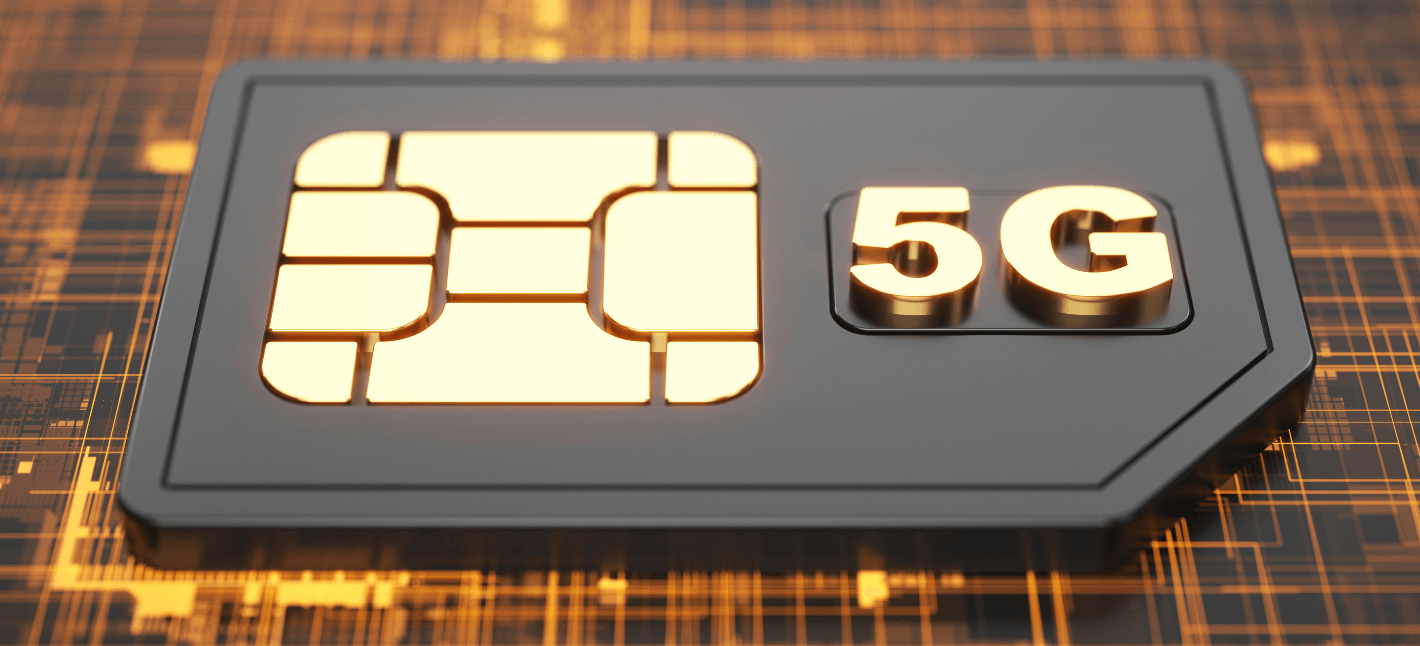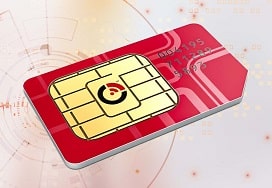Role Of Smart Sensors In Iot What is IoT Remote Monitoring?
Role Of Smart Sensors In Iot What is IoT Remote Monitoring?
Blog Article
Iot Remote Monitoring And Control Software for Remote Asset Management

The fast enlargement of the Internet of Things (IoT) has made it important to determine standardized connectivity protocols to permit devices to speak seamlessly. Various standards and protocols have emerged, they usually cater to completely different requirements, similar to energy consumption, knowledge fee, range, and complexity. Each protocol presents distinct benefits and downsides, making it essential for builders and firms to evaluate their particular needs when choosing one.
One distinguished standard within the IoT landscape is MQTT (Message Queuing Telemetry Transport). MQTT is light-weight and designed for low-bandwidth and high-latency environments. Remote Monitoring Solutions. Its publish-subscribe mannequin permits environment friendly communication between devices and is perfect for purposes in residence automation or distant monitoring. However, its dependency on a central broker can introduce a single level of failure, making resilience a consideration in its implementation.
Iot Remote Asset Monitoring Solution Unlocking IoT Remote Monitoring Potential
In contrast, CoAP (Constrained Application Protocol) goals to allow smaller, constrained gadgets to communicate over the online. Utilizing a RESTful structure just like HTTP, CoAP is designed for low-power and lossy networks. This makes it appropriate for applications requiring efficient gadget communication in constraints of memory and processing energy, like smart agriculture. While CoAP helps multicast, which allows a single message to succeed in a number of recipients, it does not inherently handle long-lived connections like MQTT does.
Zigbee is another example of a regular regularly employed in the IoT sphere, particularly for residence automation. Operating within the 2.4 GHz band, Zigbee creates mesh networks that permit devices to speak while extending their vary through other related units. Its low power consumption is helpful for battery-operated gadgets, but the data fee is significantly lower than Wi-Fi or different wired technologies, which limits the quantity of information that can be transmitted successfully in real time.
LoRaWAN (Long Range Wide Area Network) is especially vital for purposes requiring long-range communication capabilities. Operating in sub-GHz frequency bands, LoRaWAN can connect devices over distances of several kilometers while consuming minimal energy. This makes it best for rural applications corresponding to precision agriculture and environmental monitoring. However, it sometimes helps low knowledge rates and is less efficient for time-sensitive purposes the place quick data transmission is essential.
Iot Remote Monitoring Solution Advantages of IoT Monitoring Systems
NB-IoT (Narrowband IoT) is a cellular technology designed to assist a variety of IoT connectivity wants. With elevated coverage, NB-IoT provides deep penetration into buildings and underground locations, usually outperforming conventional cellular networks. Its efficiency when it comes to energy consumption and knowledge transmission makes it well-suited for smart metering and other steady-state functions. The draw back, nevertheless, is the reliance on cellular infrastructure, which may involve extra costs.
Another noteworthy protocol is Bluetooth Low Energy (BLE). BLE is optimized for short-range communications and low power utilization, making it best for personal space networks. It is particularly popular in wearables and health monitoring gadgets. However, the limited vary can pose challenges for purposes requiring long-distance connectivity, making it much less fitted to commercial IoT purposes like smart cities.
It Remote Monitoring Software Secure Remote Monitoring of IoT Devices
When contemplating the operational environment, totally different protocols strategize their connectivity. For instance, Sigfox is designed for extreme energy effectivity, using a singular know-how that prioritizes low data rates over intensive protection. This works well for devices needing to transmit small quantities of knowledge infrequently, corresponding to monitoring gadgets. However, the trade-off comes in the form of restricted knowledge rate and doubtlessly greater latency.
Another essential side of IoT connectivity standards and protocols comparability is security. Many protocols implement various levels of security measures. For instance, protocols like TLS (Transport Layer Security) could be leveraged with MQTT to enhance data integrity and confidentiality. In distinction, different protocols may have built-in security features, while some require extra layers to make sure secure communication.
Interoperability additionally plays a crucial function in protocol selection. As IoT devices proliferate throughout various industries, guaranteeing units can talk regardless of their manufacturers can mitigate future compatibility points. Protocols that adhere to established standards tend to supply better interoperability, thus easing integration efforts throughout totally different platforms.
Role Of Smart Sensors In Iot Applications of IoT Remote Monitoring

The landscape of IoT connectivity is evolving, reflecting the various wants of industries starting from healthcare to manufacturing. As more devices turn out to be interconnected, the demand for environment friendly, safe, and reliable communication continues to grow. Each protocol carries its distinctive set of traits; thus, companies must conduct thorough evaluations of their use cases to ensure optimum efficiency whereas contemplating future scalability and adaptability.
In conclusion, while there is not a one-size-fits-all resolution regarding IoT connectivity standards and protocols, understanding the comparisons can guide builders and firms in making about his educated choices. Factors like operational necessities, security considerations, and potential use cases come into play when evaluating which protocol suits greatest. The realm of IoT is growing and evolving, making it essential for business players to remain knowledgeable on the newest developments and rising standards to maintain competitive advantages and meet increasingly complex demands.
- Various IoT connectivity standards include Wi-Fi, Bluetooth, Zigbee, and LoRaWAN, each tailor-made for particular use circumstances and operational wants.
- Wi-Fi is thought for its excessive information switch charges, making it best for purposes requiring substantial bandwidth, similar to video streaming, however it consumes more power compared to other protocols.
- Bluetooth Low Energy (BLE) is favored for short-range sensor applications as a result of its minimal power consumption, permitting gadgets to run for prolonged durations on a small battery.
- Zigbee operates on low power and supports mesh networking, enabling devices to speak over distances larger than conventional point-to-point techniques, which may improve network protection.
- LoRaWAN excels in long-range communications and permits low-power, wide-area community (LPWAN) capabilities, making it appropriate for remote IoT applications like agriculture and urban infrastructure monitoring.
- Cellular connectivity standards, corresponding to 4G LTE and 5G, present in depth network coverage and high-speed information switch but may incur larger operational prices and require more substantial power sources.
- MQTT and CoAP are light-weight software layer protocols extensively used for IoT communications, where MQTT is more appropriate for device-to-cloud interactions, while CoAP is optimized for constrained devices and networks.
- Security varies considerably throughout IoT protocols, with some like HTTPS providing robust encryption, whereas others might rely on less complicated methods, potentially exposing units to vulnerabilities.
- Scalability is a crucial issue; whereas protocols such as LoRaWAN assist numerous gadgets, others like Bluetooth might face limitations in device capability depending on the community architecture.
- Determining the right connectivity standard entails balancing factors corresponding to range, energy efficiency, data wants, and security necessities tailored to particular IoT deployment scenarios.undefinedWhat are the commonest IoT connectivity standards?
The commonest IoT connectivity standards embody Wi-Fi, Bluetooth, Zigbee, LoRaWAN, NB-IoT, and 5G. Remote Monitoring. Each standard has distinctive features and use circumstances, catering to various software necessities by means of range, energy consumption, and data rates.
Remote Monitoring Solutions Healthcare Monitoring Systems with IoT
How do I select the proper IoT protocol for my application?
Selecting the best IoT protocol depends on components such as the vary, knowledge throughput, power consumption, and the environment during which units will function. Assessing these standards against your utility's specific wants will guide your determination (Remote Iot Monitoring Solution).
What is the distinction between short-range and long-range IoT protocols?
Short-range protocols, like Wi-Fi and Bluetooth, are ideal for localized applications needing excessive data charges but restricted vary. Long-range protocols, similar to LoRaWAN and NB-IoT, excel in low-power, wide-area use circumstances, prioritizing battery efficiency over pace.
Role Of Smart Sensors In Iot Gateway for Medical Device Monitoring
Can a quantity of IoT protocols be used in the identical network?
Yes, a quantity of IoT protocols can coexist in the same community, enabling units with varying connectivity wants to speak. However, cautious community design is required to manage data move and avoid interference.
Iot Remote Monitoring Solution Advantages of IoT Monitoring Systems

What role does security play in IoT connectivity standards?
Security is important in IoT connectivity standards due more info here to potential vulnerabilities in knowledge transmission. Choosing protocols with built-in encryption and sturdy authentication mechanisms might help safeguard delicate information.
How do these standards affect the scalability of IoT systems?
Different IoT standards have various capacities for managing device load, which directly impacts scalability. Standards designed for prime device counts, like MQTT over TCP/IP, are essential for scaling up IoT deployments successfully.
It Remote Monitoring Software Benefits of IoT Remote Monitoring
What is the significance of interoperability in IoT protocols?
Interoperability ensures that gadgets from totally different producers can communicate seamlessly. This is essential for large-scale IoT deployments, because it enables numerous devices to work collectively, enhancing overall system functionality.
Are there any rising tendencies in IoT connectivity standards?
Iot Revolution Technologies What is Remote Monitoring in IoT?
Emerging trends embody the adoption of edge computing, which minimizes latency, and the mixing of Artificial Intelligence for smarter data processing. Additionally, standards like 5G are gaining traction for his or her capacity to help a massive variety of related devices.
How can I keep updated on IoT connectivity standards and protocols?
Staying informed entails frequently consulting industry publications, attending related conferences, and collaborating in online boards. Following organizations like the Internet Engineering Task Force (IETF) and the International Telecommunication Union (ITU) also can provide priceless insights.
Report this page